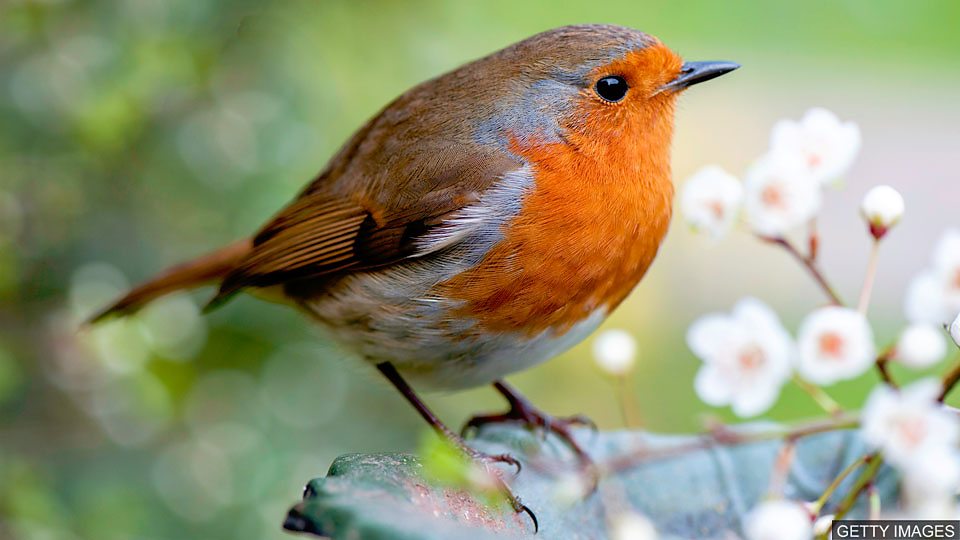鸟类如何长途跋涉,飞越海洋和陆地?科学家离揭开这个谜团又近了一步。
Scientists studied the robin – a familiar garden bird that can sometimes migrate – flying alone, at night and often over great distances. They identified a magnetically sensitive molecule in the bird’s eye, known as a cryptochrome, that could form the basis of the in-built magnetic compass birds may use to navigate.
科学家们研究了知更鸟,一种经常可以在自家花园见到的鸟类,它有时会迁徙,在夜晚独自翱翔,而且经常长途飞行。这些科学家在知更鸟的眼睛里发现了一种对磁场非常敏感的分子,被称为隐花色素。鸟类可能借助体内的磁罗盘导航,而这种隐花色素也许就是构成磁罗盘的基本元素。
Professor Peter Hore at the University of Oxford says it could be that birds can ‘see’ the Earth’s magnetic field, although they don’t know that for sure.
牛津大学的彼得·霍尔教授说,这也许是因为鸟类可以 “看到” 地球的磁场,不过科学家们还不能完全确定这一点。
The researchers are planning further studies to investigate how birds, and perhaps other animals, might use this living compass in their epic migrations.
研究人员正在计划进一步研究鸟类甚至其它动物是如何利用这种 “活罗盘” 来进行壮观的大迁徙的。
词汇表
migrate 迁徙
magnetically 磁力地
molecule 分子,微粒
compass 罗盘,指南针
magnetic field 磁场
epic 壮观的
阅读理解:请在读完上文后,回答下列问题。
1. Where are robins often seen?
2. Where is the molecule, the ‘cryptochrome’, located?
3. What could this new molecule help robins do?
4. True or false? This cryptochrome molecule is limited only to birds.
答案
1. Where are robins often seen?
Robins are a familiar garden bird.
2. Where is the molecule, the ‘cryptochrome’, located?
The molecule known as the ‘cryptochrome’ is located in the eye.
3. What could this molecule help robins do?
It could form the basis of the in-built magnetic compass birds may use to navigate.
4. True or false? This cryptochrome molecule is limited only to birds.
False. The researchers are planning further studies to investigate how birds and perhaps other animals might use this molecule.


 3342次下载
点击下载
3342次下载
点击下载
 2621次下载 点击下载
2621次下载 点击下载
 4734次下载 点击下载
4734次下载 点击下载
 1854次下载 点击下载
1854次下载 点击下载
 1391次下载 点击下载
1391次下载 点击下载
 1391次下载 点击下载
1391次下载 点击下载











